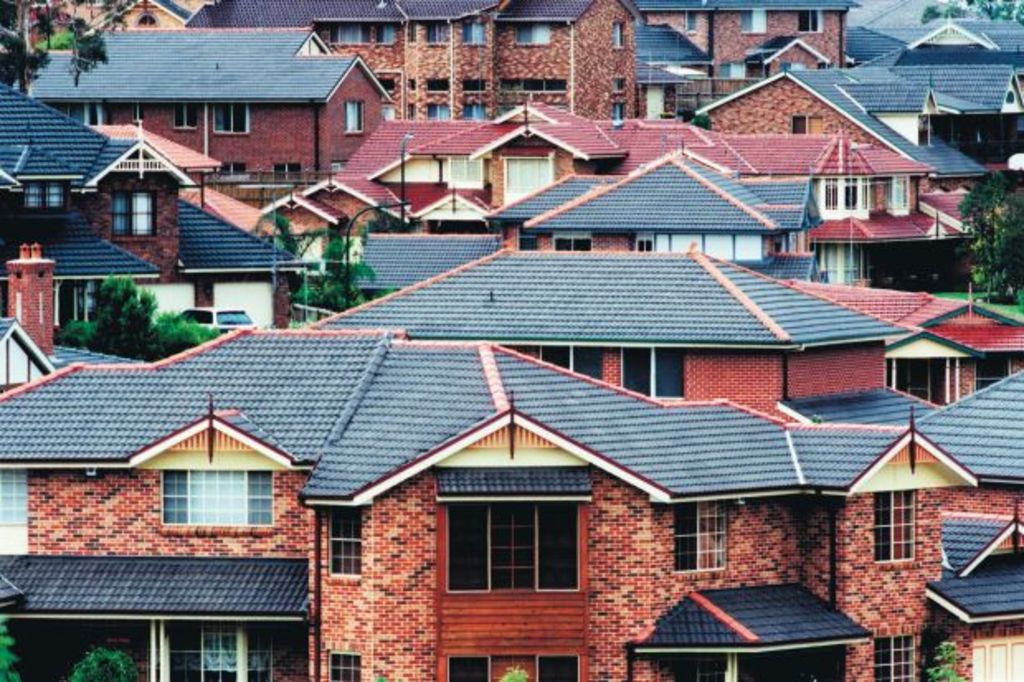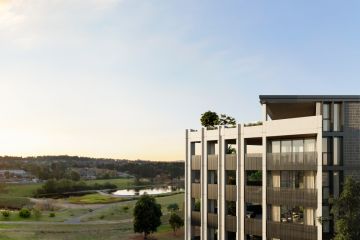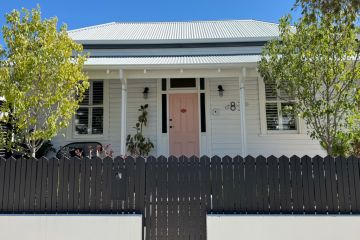Keep calm and carry on: Macquarie, ANZ

Households should avoid panicking in the face of a likely 10 per cent slump in Sydney house prices, which would still leave them around 60 per cent higher than in 2012, say forecasters at two major banks forecast.
Analysts at Macquarie Securities and ANZ Bank both issued forecasts on Tuesday that the price falls in the nation’s biggest property markets of the past six months are expected to go for longer than first anticipated.
Constrained by tightening credit availability, as regulators shut down riskier categories of borrowers and investors are forced away from interest-only loans, prices have been sliding around the nation, led by a 4.2 per cent decline in Sydney, The Australian Financial Review reports.
ANZ’s housing team estimates that the cuts to borrowing will lead to a 10 per cent to 15 per cent decline in new loan sizes, implying a 5-10 per cent drop in prices.
Macquarie Bank’s Justin Fabo and Ric Deverell believe national dwelling prices will keep falling “for some time”, eventually declining around 2 per cent in 2018 for a total decline of as much as 6 per cent from last year’s peak.
Both forecasters imply Sydney’s prices will decline another 6 per cent from their current levels, for a total peak-to-trough slide of 10 per cent.
Mr Fabo said that even after the 4.5 per cent decline in Sydney so far they remain 66 per cent higher than 2012. Nationally, prices rose 40 per cent over the five years to mid-2017, driven by significant Reserve Bank interest rate cuts that took the official rate to a record-low 1.5 per cent. But prices have falling just 1 per cent from that peak, Mr Fabo noted.
He added that the heaviest impact of the regulatory crackdown was through 2015 to 2017.
“While market corrections are always worrisome for some, we think the regulators would be largely delighted with the orderly cooling of housing markets so far.
“RBA Governor Lowe has noted that an optimal outcome would be a sustained period of broadly flat nominal housing prices.”
“Demand for credit (particularly by investors) could fall more than we currently expect. “The main thing to fear for Australian housing is fear itself…”
Perth and Darwin will “stay in negative territory” over the next two years, while Brisbane’s apartment glut will be exacerbated by slowing population growth. Canberra and Adelaide are “forecast to outperform” as their relative affordability should “insulate them from teh worst of the credit tightening”.
“Hobart’s bull run is expected to reach a conclusion, as Tasmania remains challenged from an economic and demographic point of view.”
On the more optimistic side, ANZ’s team note that while saving a deposit is still “onerous” for first home buyers, mortgage repayments are in line with long-term averages thanks to low borrowing costs.
Macquarie’s team downplayed the size of the likely drop in prices, putting it into the context of previous declines.
“We note that Australia has had six previous episodes of declining housing prices since 1980, with the peak-to-trough range of 2.5 per cent to 8 per cent,” they said.
“Nearly all previous corrections occurred following interest rate rises, a drag unlikely to be repeated anytime soon in this cycle.”
We recommend
We thought you might like
States
Capital Cities
Capital Cities - Rentals
Popular Areas
Allhomes
More







